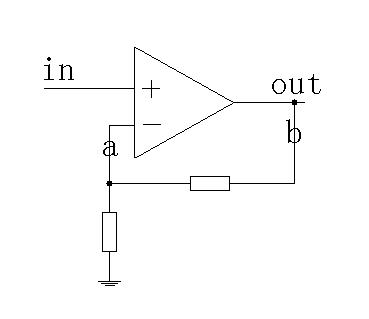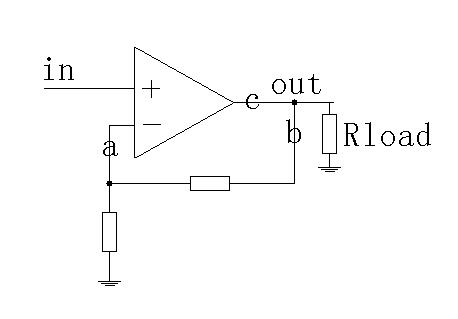Raymond_di
Newbie level 6
middlebrook stability analysis
Could any one help me on how to simulate phase margin of a opamp with Hspice?
According to text book, I should break the loop to caculate the loop gain? Where should I break the loop, point A, point B, or any other point? (how to choose the right point to break the loop) How to add stimulation? Then how to calculate the phase margin? Thank you very much!

Could any one help me on how to simulate phase margin of a opamp with Hspice?
According to text book, I should break the loop to caculate the loop gain? Where should I break the loop, point A, point B, or any other point? (how to choose the right point to break the loop) How to add stimulation? Then how to calculate the phase margin? Thank you very much!

